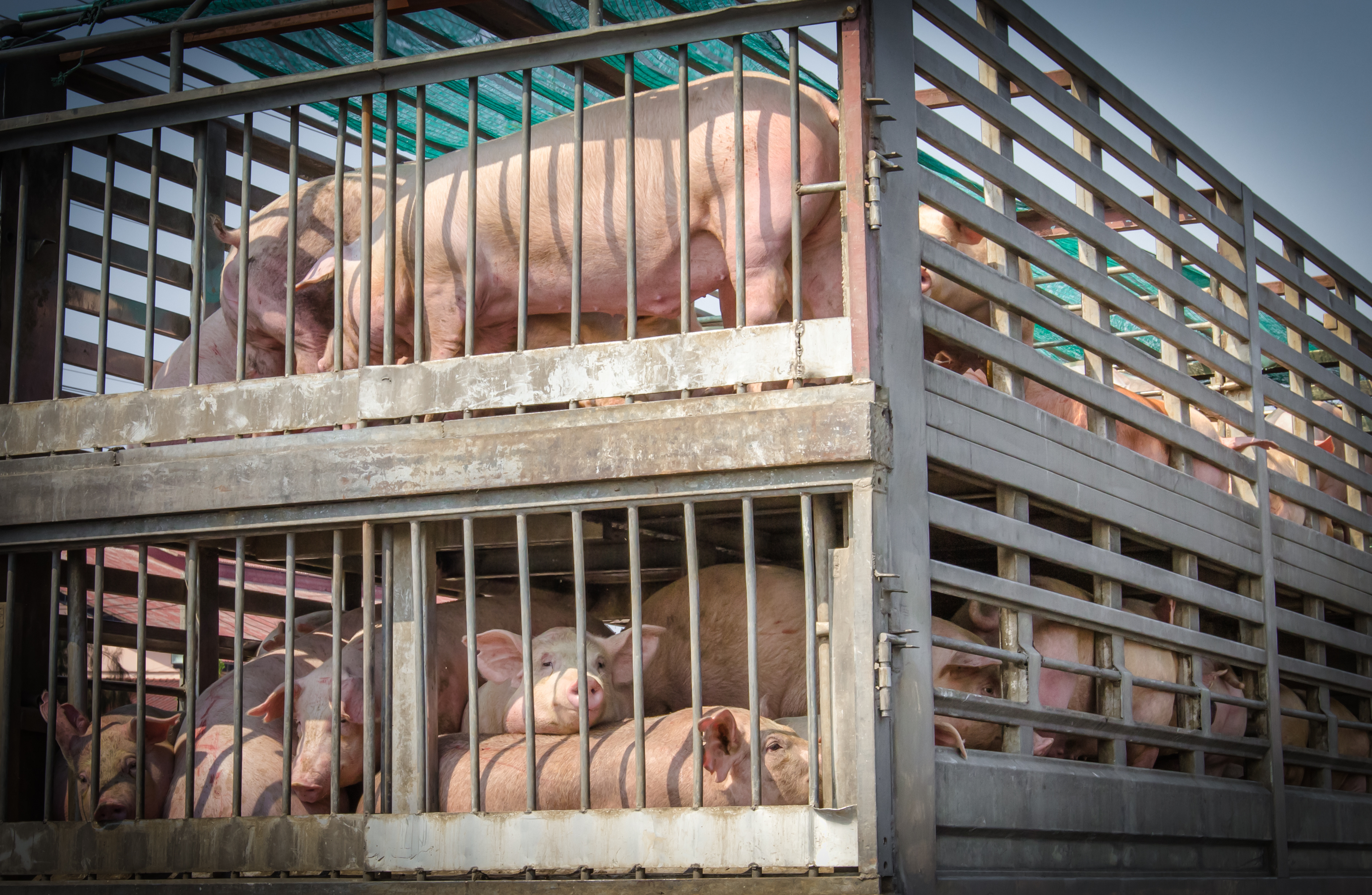



How will China’s plans to restrict hog transport impact the industry?
Analysis from Bloomberg suggests that China’s plans to limit pig transport will reshape the $300 billion pork industry.China announced that the country will be split into five regions that will have greater responsibility to prevent and control the spread of African swine fever (ASF) and other animal diseases on 21 April. The regionalization strategy includes plans to control the transport of live pigs. When the plan comes into effect in May, no pigs apart from breeding pigs and piglets will be moved in or out of their regions.

Bloomberg believes that China’s strategy will create regional price differences and will drastically impact the world’s largest pork producer. In their analysis, they explain that regionalization will lower pork prices in main producing areas in the North and increase pork prices in larger demand centers in the South. If China maintains the strategy, pork producers will have to open more pig farms closer to their customer base in the South.
Lin Guofa, a senior analyst at Bric Agriculture Group told Bloomberg that 140 million pigs (about 20% of the herd) are transported across China each year. Most of these animals travel from farms in the northeast to major population centers in the South.
“Some areas that used to call themselves no-pig counties or no-pig cities will have to build pig farms,” he said.
Lin believes that regionalization could lead to an expansion in the cold-chain sector, since transport of frozen meat will be encouraged to make up for restrictions in moving live pigs.






